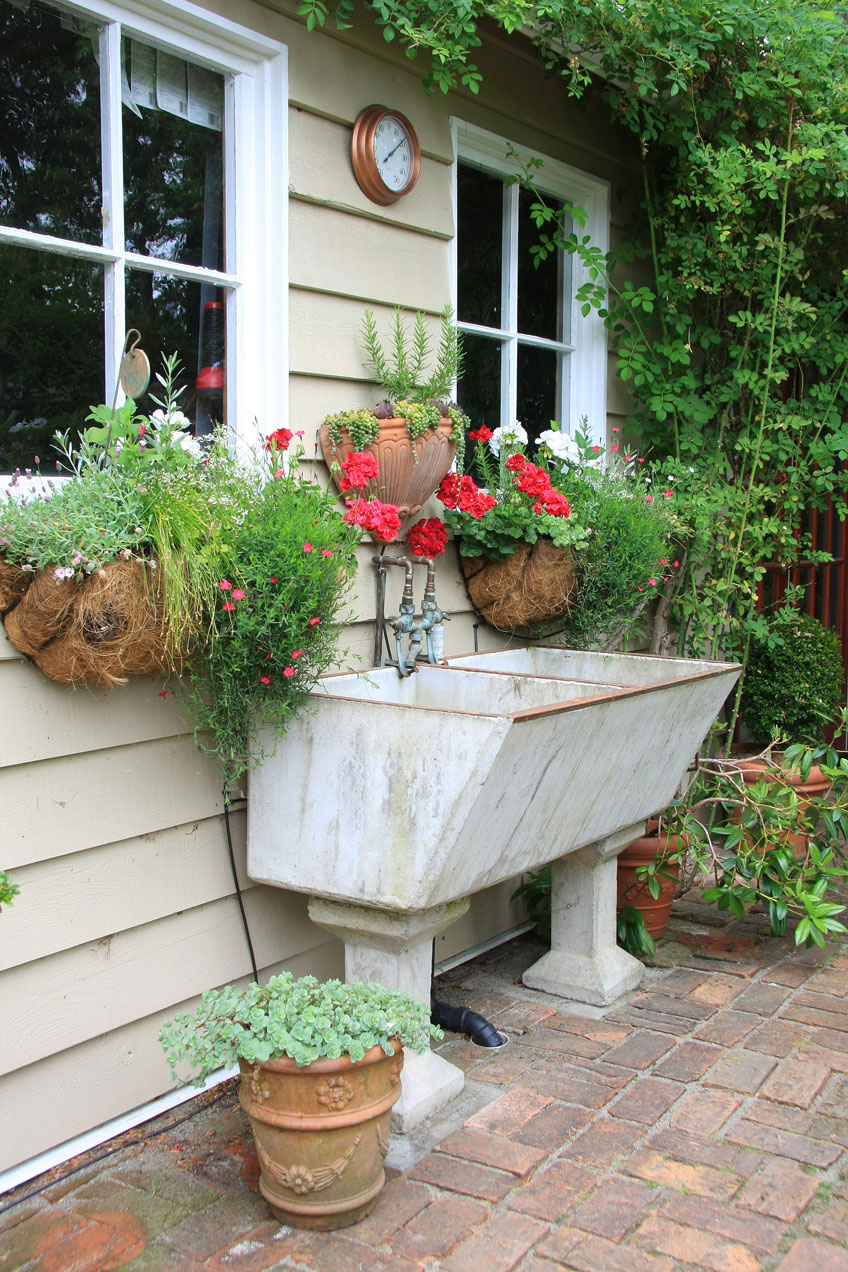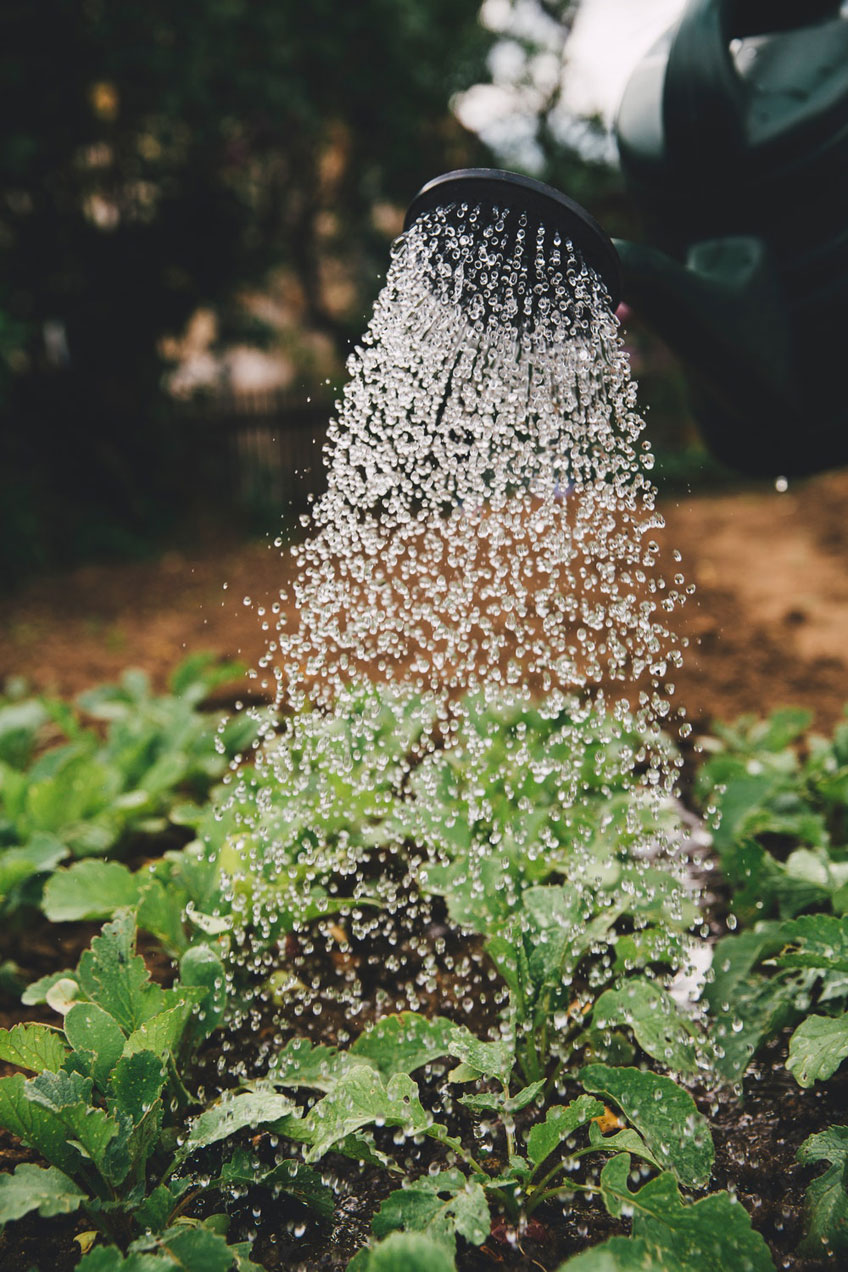When I was a child all our neighbours and friends had a large tub - generally an old enamel washing machine tub - buried close to the vegetable garden.
This was the ‘brew’ tub.
Ingredients for the brew - compost, manures and seaweed - were widely discussed and benefits widely acclaimed. And it turns out these gardeners were onto
something!

The Brew-tub was a feature in most gardens.
Research over the past two decades has revealed the importance of soil microbes to plant health and growth. Symbiotic relationships exist in which various
microbes gain access to plant sugars in return for a supply of minerals and water. Termed ‘soil food webs’, these relationships may be compromised
in urban areas due to soil contamination (in particular herbicide, fungicide and pesticide residues). As a result, plants may be unable to absorb minerals
or water readily from the soil, resulting in poor growth and susceptibility to pests and diseases.
Aerobic compost teas, which are brewed using an aquarium pump and diffuser to bubble oxygen through the brew, have become popular recently. They contain
compost and a small amount of molasses. I have been impressed with the results: declining trees suddenly surging into growth; amazing vegetable growth
and flavour; and a reduction in foliar diseases when used as a foliar spray.
Recent research suggests that anaerobic compost teas (brewed without a pump and diffuser) may be just as good, and in some cases better, than aerobic compost
teas. So the ‘brews’ that were such a familiar part of my youth may be set for a resurgence.
To make your own brew, use a large plastic rubbish bin or recycled container, with a lid to keep children and mosquitoes out. Burying the container in
the ground in the shade helps to mediate the temperature. Composts, manures and seaweed are traditional ingredients. The new brews add a small amount
of molasses to ‘kick start’ the process.
Leave the compost tea to stand for a few months and then dilute by 1:4 before applying to soil or foliage. To avoid any chance for E.coli contamination
of vegetables, avoid applying the tea directly. Instead, drench vegetable garden soils with the tea prior to sowing or planting.

Dilute by 1:4 before applying to soil or foliage.